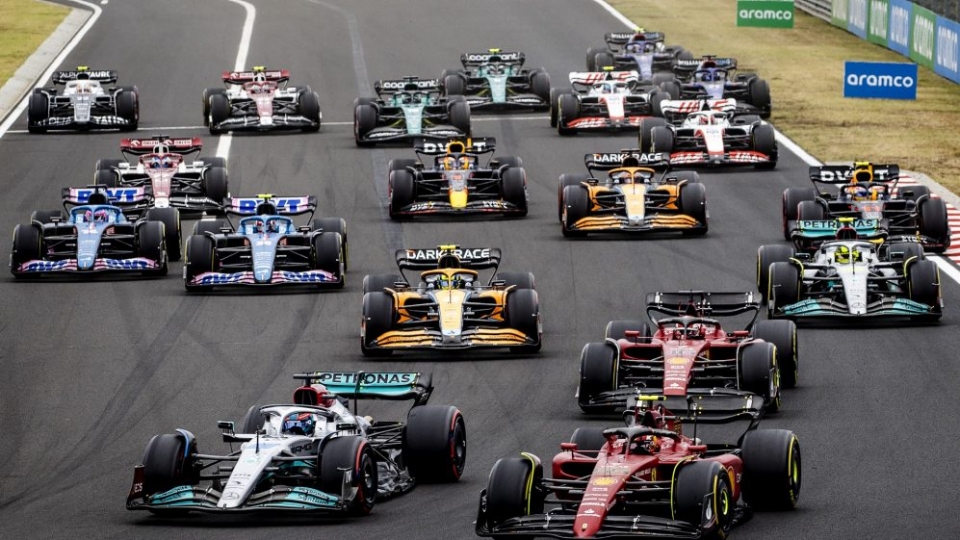
UFC와 F1은 전혀 다른 세계처럼 보이지만, 실시간 리스크 관리 측면에서는 구조적으로 닮아 있다. UFC는 선수의 체력, 리듬, 타격 효율이 실시간으로 분석되며 경기 도중 전술이 바뀐다. F1은 엔진 온도, 연료 비율, 타이어 마모 데이터를 실시간으로 중계하며 드라이버의 전략을 조정한다. 두 종목 모두 실시간 중계가 단순한 전달이 아니라 ‘전략적 판단 시스템’ 역할을 하는 셈이다.
종목별 실시간 데이터 활용 구조
| 구분 | 실시간 분석 항목 | 중계 시각화 포인트 | 주요 의사결정 요소 |
|---|---|---|---|
| UFC | 타격 성공률, 스태미너 소모율, 거리 유지 비율 | 선수 체력 그래프, 타격 분포 | 전략 전환·공격 타이밍 판단 |
| F1 | 타이어 마모도, 연료 효율, 랩타임 변동 | 실시간 트랙 맵, 차량 텔레메트리 | 피트 인 타이밍·리스크 예측 |
이 표는 중계 중 어떤 지표가 경기 전략을 바꾸는지 시각적으로 보여준다. UFC에서는 체력 데이터가 전술 판단의 핵심이며, F1에서는 타이어 상태가 결과를 결정짓는다.
UFC 중계의 리스크 관리 방식
UFC 중계의 본질은 타격률이 아니라 ‘판단 속도’에 있다. 공격 성공률보다 중요한 것은 체력 회복 주기와 리듬의 변화다. 선수는 라운드마다 전술을 수정하며 상대의 패턴을 분석하고, 해설진은 그 순간순간의 리스크를 언어로 해석한다. 중계에서는 타격 데미지 수치가 누적될수록 색상 변화 그래픽으로 표시되며, 시청자는 눈으로 리스크를 인식하게 된다. 이는 단순한 전투가 아닌 ‘데이터 기반 전술 게임’으로 중계가 진화한 사례다.

F1 중계의 리스크 관리 방식
F1 중계는 경기보다 빠르게 ‘예측’을 보여주는 시스템이다. 타이어 컴파운드의 마모율, 엔진 열 분포, 브레이크 온도가 실시간으로 표시되며, 해설진은 이를 토대로 전략을 미리 해석한다. 피트 인 타이밍이 0.3초만 어긋나도 순위가 바뀌는 만큼, 중계에서는 위험 예측과 복구 시나리오가 실시간으로 분석된다. 2025 시즌에는 AI 기반 피트 인 예측 엔진이 도입되어, 드라이버의 리스크 대응을 수치화해 보여주고 있다.
두 종목 중계의 공통점과 차별성
UFC와 F1은 모두 ‘데이터가 곧 생존 전략’인 종목이다. 그러나 UFC는 인간의 감각을, F1은 기계의 정밀도를 바탕으로 한다.
- UFC: 체력 회복과 전술 수정 중심의 리스크 회피형 전략
- F1: 주행 변수 예측과 시스템 안정 중심의 리스크 제어형 전략
두 종목은 서로 다른 방식으로 ‘리스크’를 계산하지만, 중계 구조는 실시간 데이터 피드백을 통해 경기의 변수를 시각화한다는 점에서 같다. 중계 플랫폼은 이를 시청자 친화적 인터페이스로 가공하며, 단순한 관전이 아닌 ‘전략적 분석 경험’을 제공한다.
실시간 중계 기술의 발전 방향
2025년 이후 중계 기술은 인간의 판단보다 앞서 움직인다. AI는 UFC 경기에서 심박수·호흡률 데이터를 기반으로 다음 라운드의 리듬 변화를 예측하고, F1에서는 각 코너의 마찰계수를 계산해 차량의 주행 리스크를 산출한다. 모든 데이터는 실시간 시각화되어, 시청자는 중계를 통해 경기의 결과보다 ‘진행 과정’을 이해하게 된다.
스포츠 중계의 본질은 예측이다
현대 스포츠 중계는 단순히 ‘지금 일어나는 일’을 보여주는 단계에서 벗어났다. UFC의 타격 그래프, F1의 타이어 텔레메트리 모두 ‘다음 순간’을 예측하기 위한 장치다. 중계는 데이터의 흐름 속에서 전략을 해석하고, 시청자는 그 해석을 통해 스포츠를 ‘읽는’ 존재가 된다. 실시간 중계가 진화할수록 경기와 데이터의 경계는 사라지고, 관전 자체가 하나의 분석 행위로 변화한다.
